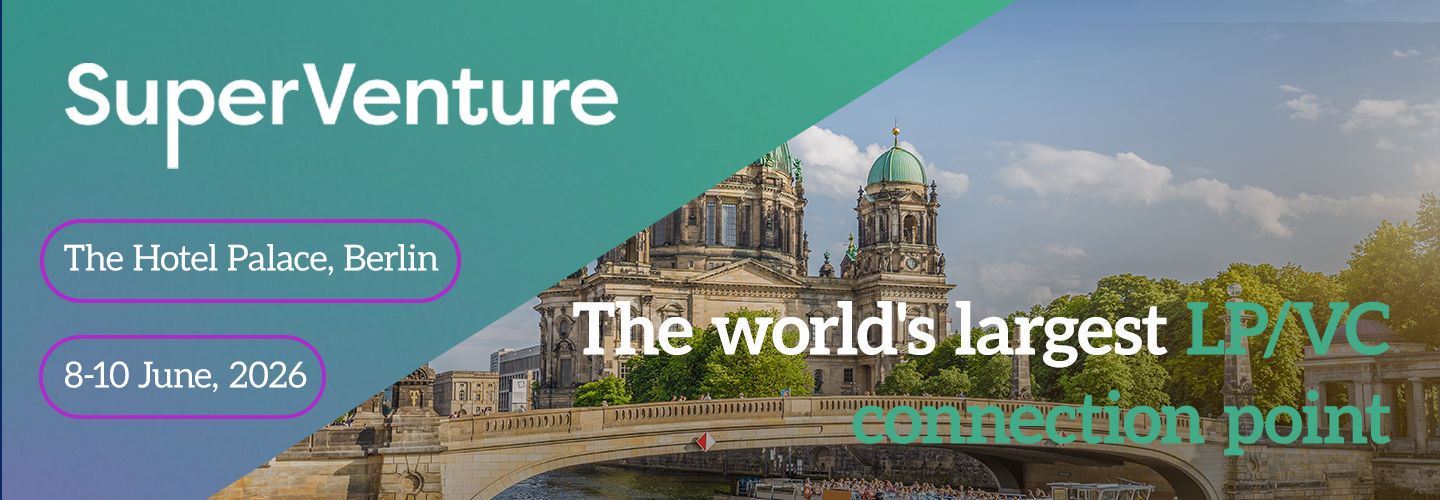How is venture capital driving the future of cancer innovation?

Venture capital is playing a crucial role in driving oncology innovation, filling the gap left by declining federal research funding. As drug development costs soar and clinical trial success rates remain low, investors face significant challenges - but also opportunities to make a lasting impact. With health equity emerging as a key priority, impact investing in oncology is gaining traction, aiming to deliver both financial returns and improved patient outcomes. In this article, Nishant Uppal, Jonah Zahnd, Eunice Chapon, Alice Pomponio, and Lucas de Breed, of the American Cancer Society explore how venture capital is shaping the future of cancer treatment and why discussions at events like SuperVenture are vital for advancing investment strategies in this space.
Federal funding's share of total research and development financing in the United States has decreased from 67% in the 1960s to 21% in 2020, as private funding has become the primary source of innovation capital. Ongoing research highlights the need for substantial private sector investment in early-stage ideas and products to advance new diagnostics, devices and therapeutics to ensure that innovations reach cancer patients. As a result, healthcare venture capital funding has surged by over 800% in certain areas over the past 15 years. Given the ongoing need for private funding and the tremendous growth in healthcare venture capital (VC), these investors are expected to play a significant role in funding startup companies pioneering oncology innovation.
However, despite the growth in healthcare venture capital, oncology investors face unique challenges. The total cost to develop new medicines continues to rise, with the average cost to bring oncology drugs to market estimated at around $1.1 billion, and as high as $2.8 billion in some cases. Low clinical trial success rates—historically around 3.4% for oncology therapeutics—further complicate the challenges faced by early-stage oncology ventures as they navigate the “Valley of Death”, a term describing the high failure rates in translating basic science to proven treatment options. Additionally, the persistent need for greater health equity has emerged as a key priority in cancer care. Despite a decline in cancer mortality rates in the United States, disparities in cancer care and research persist among different populations. The American Cancer Society (ACS) has emphasized health equity as a critical goal in improving cancer care, and thus represents an additional mandate for investors.
Venture capital investment in oncology is currently concentrated in certain areas, often driven by FDA approval prospects and industry trends, rather than addressing the greatest unmet needs for patients and families. For example, immuno-oncology companies initially received far more funding than precision oncology, but this shifted dramatically after negative trial results for some novel immune checkpoint inhibitors. The volatility of funding trends based on predicted financial success could be detrimental to sustaining the development of more complex medical technologies, especially without ongoing federal funding.
Impact investing, which aims to achieve both financial returns and positive social or environmental outcomes, allows investors to pursue a double bottom line. However, to be effective, the investment industry requires established standards and metrics to prove that capital is achieving the intended social or environmental objectives—such as those related to social economic mobility, or climate change. Unfortunately, frameworks and tools for measuring impact in cancer or healthcare are still in development, despite global impact investors allocating about 9% of assets under management to the healthcare sector.
BrightEdge, founded in 2019 as the innovation and impact investing arm of the ACS, invests in early-stage companies that align with the ACS mission to improve the lives of individuals with cancer through commercial solutions for prevention, detection, treatment, and survival.
BrightEdge identified a critical market gap in the lack of standardized frameworks for impact investing in cancer care, and developed the proprietary Cancer Impact Investment Framework™ (CIIF). This framework, based on established market standards like Impact Frontiers’ Five Dimensions of Impact, is tailored to the ACS mission and incorporates cancer patient-centric outcomes, theories of change for innovation, health disparities, social determinants of health, and industry and impact risks. BrightEdge uses the CIIF throughout the investment lifecycle, including in the assessment, due diligence, and post-investment impact measurement and management (IMM). The 2023 BrightEdge Annual Report provides further examples of impact analysis for prior AIVF investments. As of December 31, 2022, BrightEdge's CIIF assessments showed that the innovations of the current AIVF portfolio companies were projected to impact around 1.5 million cancer patients and families.
In 2022, the National Academies of Science, Engineering, and Medicine released an informal report outlining opportunities to improve cancer care delivery and research in the post-pandemic era. The report highlighted the importance of improving patient access to care, ensuring equity in cancer care, and enhancing patient navigation and community engagement. Achieving these goals will require continued innovation from startup companies, along with investors who, like BrightEdge, focus on patient-level outcomes, using standardized impact measurement methods, to allocate capital in a disciplined way to advance equitable cancer care.
